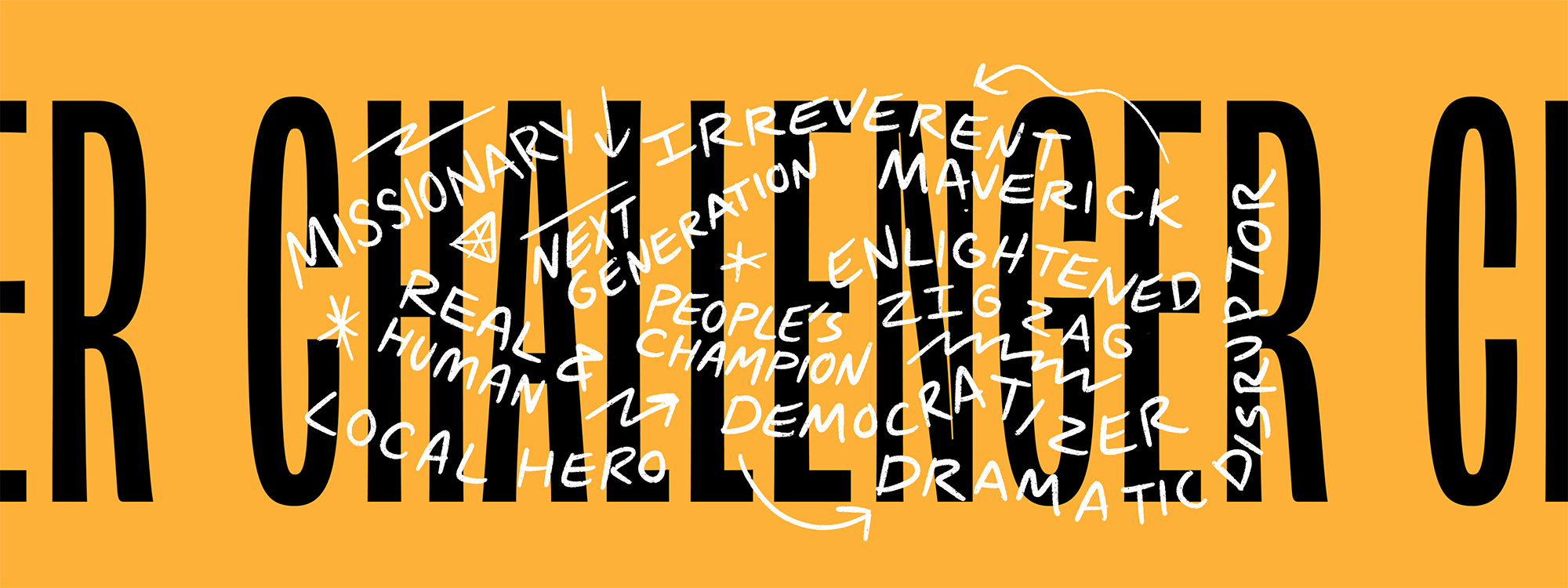
What is a “Challenger Brand”?
It’s no secret that brand can be a product’s great differentiator — your brand drives the perception of your business, and impacts every decision your buyers make. It shapes their willingness to try your product, renew your product, advocate for your product, and more. Businesses with enviable brands are more resilient, charge premium prices, and enjoy lower customer acquisition costs and churn rates.
But building a strong brand identity is about more than using the buzziest words or catchiest colors. Strong brands are built by honing in on a central purpose, and building a brand, culture, and position around that purpose.
But a new trend has emerged in the brand world that takes that central purpose to a new level: Challenger brands. These are brand identities that challenge something — something broken, some cultural norm, some entrenched industry leader, some long unmet need.
According to The Challenger Project, there are 10 different types of challenger brands. Let’s break those down.
The Missionary
Missionary brands exist to change something in the world that it sees as broken or unfair. This challenger has a single-minded focus and wears that strong sense of purpose on its sleeve.
A missionary brand’s purpose is not simply a marketing story; it is deeply rooted. The business is the mission, and the mission is the objective.
Missionary Brand: Patagonia

The Real & Human
Real & Human brands challenge the impersonality and faceless service of the market leader and dehumanizing industrialization of the category, appealing to us on a more personal level.
Real & Human Brand: Modern Fertility

The Next Generation
Next generation brands question the appropriateness of the market leader — or even the whole category — for the times we live in today. It can elegantly position the incumbent as perfect for a time gone by, but new times call for new brands and services. They craft the story of a changing world and encourage users to change with it.
Next Generation Brand: Oatly
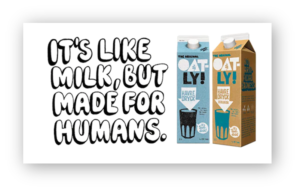
The People’s Champion
People’s Champion brands have a mandate: to stand up for a group of people short-served or exploited by an establishment for too long. However, these brands are agents of change, not just protest. They provide an alternative model, often through ‘people-powered’ solutions with the community’s interests at heart.
People’s Champion Brand: Waze
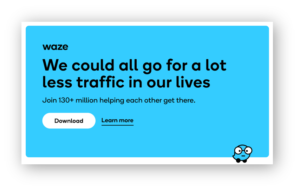
The Enlightened Zagger
The Enlightened Zagger brand deliberately swims against a prevailing cultural or category tide. It holds up an attitude or behavior the rest of the world seems to accept and provokes us to see it for the B.S. it really is. It sets out to show people that there is a better way.
Enlightened Zagger Brand: Everlane

The Democratizer
The Democratizer brings ubiquitous access to things previously only available to the elite. It believes not in taking from the rich and giving to the poor, but taking from the few to give to the many. The Democratizer challenges elitism and privilege and champions diversity and accessibility.
Democratizer brand: Robinhood

The Irreverent Maverick
The Irreverent Maverick uses wit and humor to challenge complacency and apparent comfort found in the bland, embarrassing, or overlooked. This challenger narrative is one of provocation, a poke in the ribs; deliberately setting out to entertain and engage.
Irreverent Maverick Brand: Moxxly

Moxxly has since been acquired and their site has been taken down.
The Feisty Underdog
The Feisty Underdog presents itself as locked in a binary battle we all can recognize and root for: ‘small vs. big,’ ‘good vs. evil,’ ‘us vs. them.’ Belief and resilience are everything, as is the absolute authenticity of this challenger’s position as David, sticking it to Goliath. Everyone loves an underdog story.
Feisty Underdog Brand: Billie
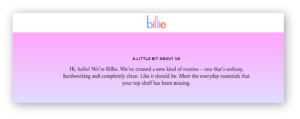
The Dramatic Disruptor
The Dramatic Disruptor has a product or service dramatically different from, and superior in some way to the incumbent. This brand focuses on visually dramatizing their offer, often compared to the competition, and leaning into that drama to change the category’s criteria for choice in its favor.
Dramatic Disruptor Brand: Impossible Foods
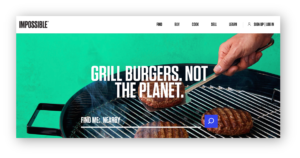
The Local Hero
The local Hero reflects the emotion and energy around a renewed appetite for localism and local character. These brands bring people together around a shared goal or interest. This challenger doesn’t just claim local provenance — it has a deep presence in (and understanding of) the community.
Local Hero Brand: Peanut
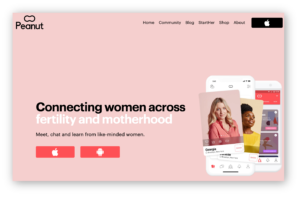
By finding a central purpose and building a brand, culture, and position around that purpose, you can develop a brand identity that impacts marketing, sales, and growth of your product. But as your space becomes more crowded and users develop higher expectations for the organizations they support, a challenger brand might be the right move for you. A challenger brand is not the easiest route to take, but when done right it can pay off significantly in the long run, like it has for these 10 industry-leading challenger brands.



